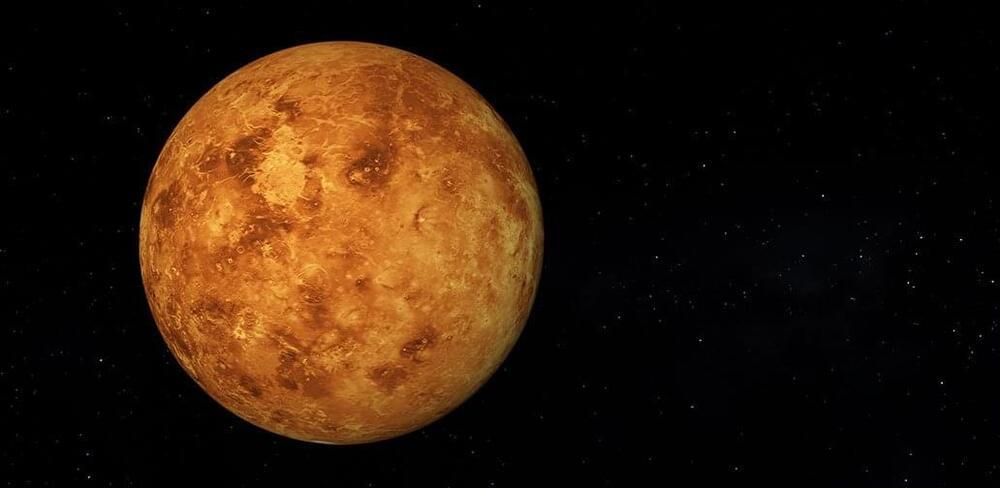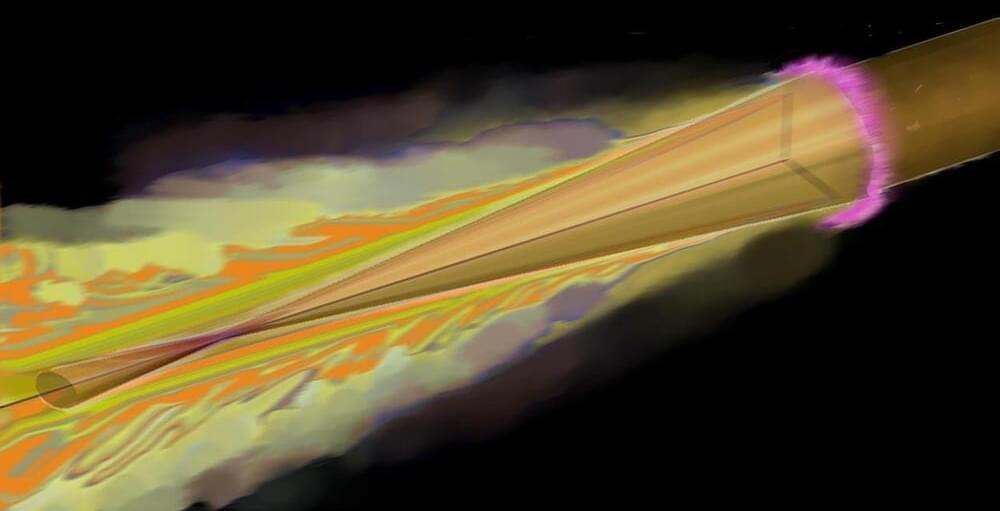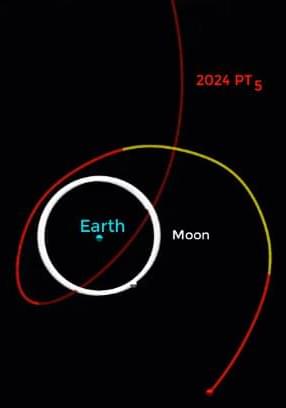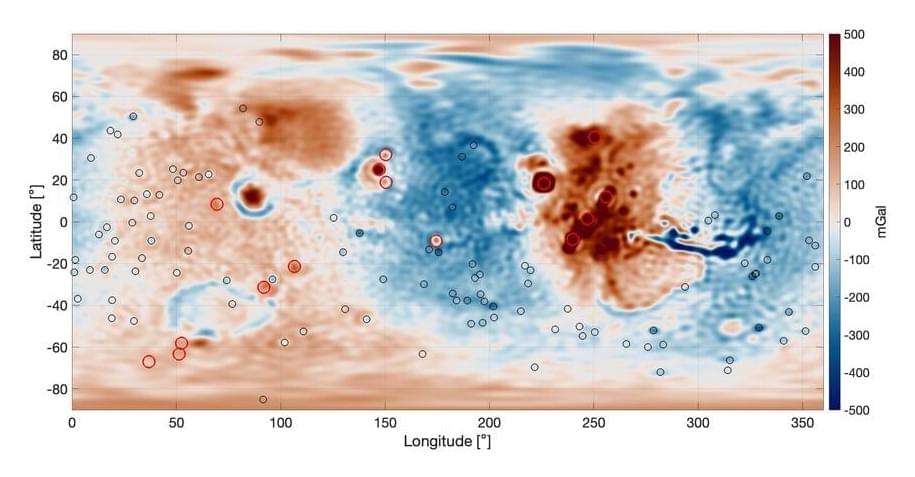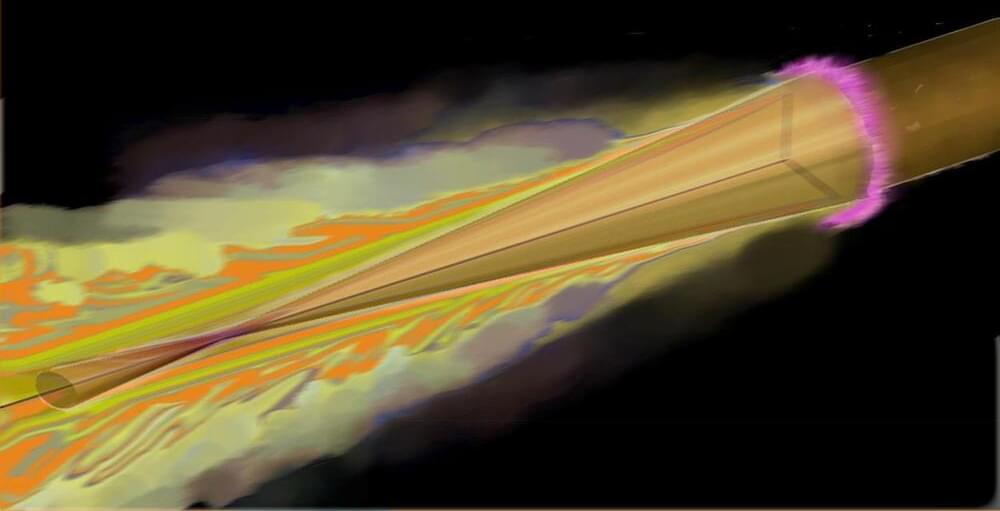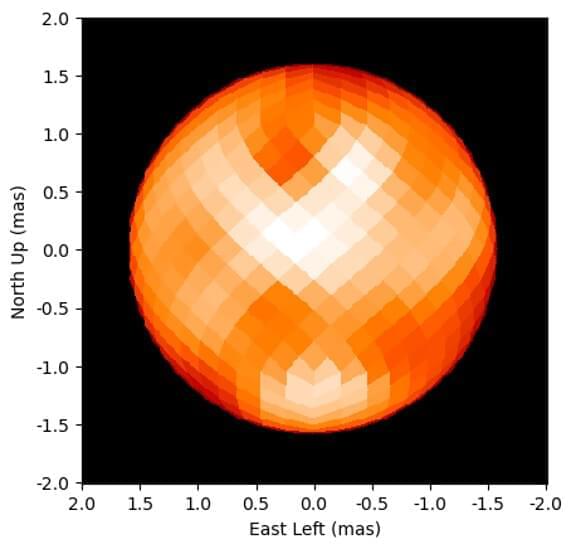Thanks to observations by the Solar Occultation in the Infrared (SOIR) instrument on the Venus Express space probe of the European Space Agency (ESA), researchers have discovered an unexpected increase in the abundances of two water molecule variants — H2O and HDO — and their ratio HDO/H2O in Venus’ mesosphere. This phenomenon challenges our understanding of Venus’ water history and the potential that it was once habitable in the past.
Currently, Venus is a dry, hostile planet. Venus has pressures nearly 100 times higher than Earth and temperatures around 460°C. Its atmosphere, covered by thick clouds of sulphuric acid and water droplets, is extremely dry.
Most water is found below and within these cloud layers. However, Venus may have once supported just as much water as Earth.
